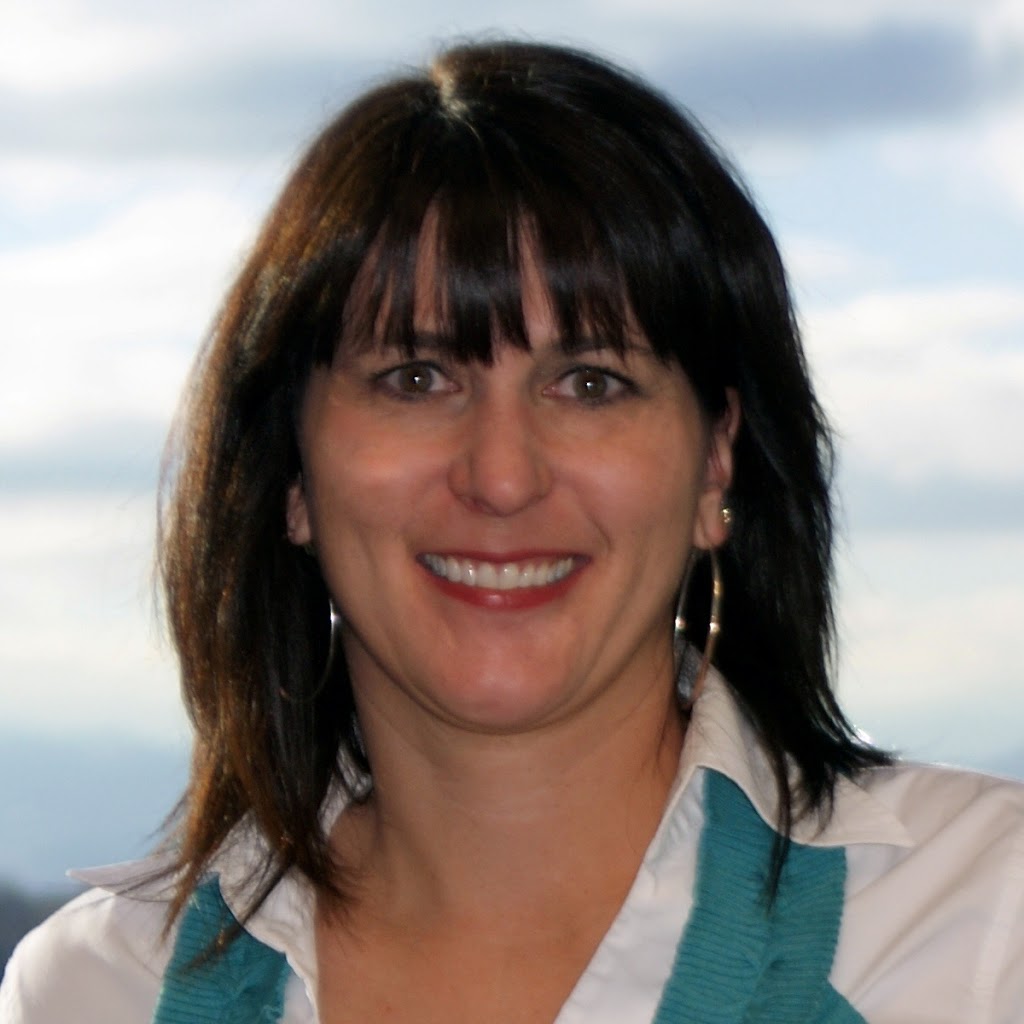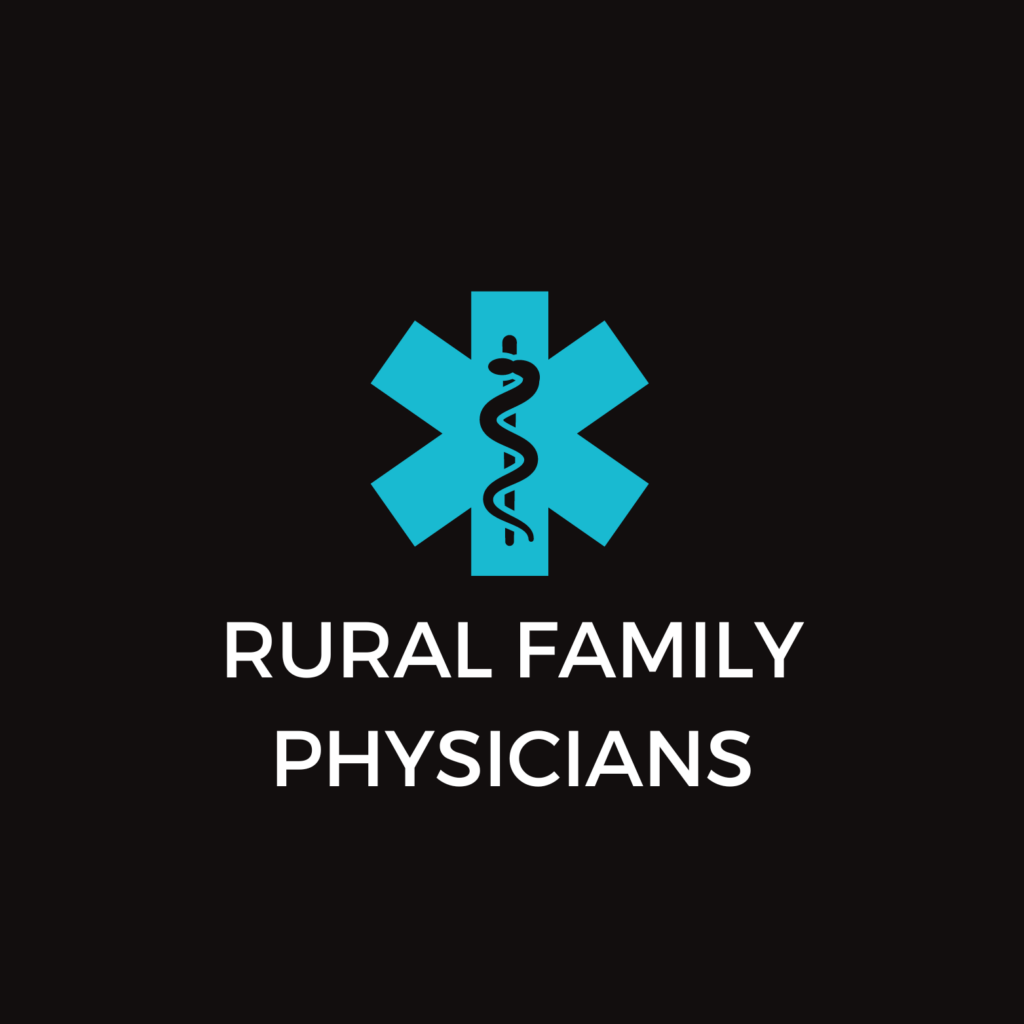 Last weekend I had the opportunity to see U2 perform, and the concert was amazing! One of the things that I like so much about U2 is that they not only devote time to music, but they spend a good deal of time raising awareness and advocating for causes they believe in, like the ONE Campaign. The ONE Campaign is an international, nonpartisan, non-profit, advocacy and campaigning organization that fights extreme poverty and preventable disease, particularly in Africa. The project raises public awareness and pressures political leaders to support effective policies and programs which are saving lives and improving futures. While at the concert they were encouraging fans to use their voice and change the world. I feel exactly the same way about our work in rural Colorado. We can all use our voice to raise awareness of the great work that is being conducted in our rural communities.
Last weekend I had the opportunity to see U2 perform, and the concert was amazing! One of the things that I like so much about U2 is that they not only devote time to music, but they spend a good deal of time raising awareness and advocating for causes they believe in, like the ONE Campaign. The ONE Campaign is an international, nonpartisan, non-profit, advocacy and campaigning organization that fights extreme poverty and preventable disease, particularly in Africa. The project raises public awareness and pressures political leaders to support effective policies and programs which are saving lives and improving futures. While at the concert they were encouraging fans to use their voice and change the world. I feel exactly the same way about our work in rural Colorado. We can all use our voice to raise awareness of the great work that is being conducted in our rural communities.
In April I had the honor to be part of a group of individuals that authored the National Rural Health Association Policy Brief on Population Health in Rural Communities. We emphasized how our healthcare system is undergoing one of the largest changes in history by moving the delivery system payment toward value over volume. We recognize and understand that this is and will continue to be a difficult transition and remaining viable will be a challenge. In fact, in 2014 the Department of Health and Human Services (DHHS) released goals for revising payment incentives which include having half of all Medicare payments paid through value-based alternative payment models and 90 percent of all remaining fee-for-service Medicare payment models linked to quality and value by 2018. This goal, and its objective to improve population health, is to have states implement comprehensive delivery system reform by 2018. We also know that the Affordable Care Act (ACA) includes multiple sections that address population health such as Medicaid expansion, individual health insurance mandates, health insurance exchanges, use of electronic health information, etc. This is part of the reason why it is so important for you as rural providers to engage in efforts and strategies around population health and quality improvement.
One way to get engaged is through use of population health data. We know that in rural Colorado 42 percent of adults have tooth loss, 13.4 percent of adults do not have a high school diploma, 13.7 percent face a lack of transportation, and 9.7 percent of families live in poverty. As you know, CRHC’s HARC DataBank is celebrating its one year anniversary this month. HARC is the first databank created solely to examine the health and wellness dynamics of rural and frontier counties in Colorado, through the use of quantitative measures. As part of our celebration we launched HARCs first interactive, data dashboard. The interactive data dashboard features county-level food environment index data, including rural, frontier and urban averages. One component focuses on the rate of adults that do not consume vegetables daily. With data from the HARC DataBank, the dashboard illustrates the disparity between rural, frontier and urban counties, with a 19 percent rate in rural and urban and upwards of 22 percent in frontier counties. They say a picture is worth a thousand words. The visualizations in the dashboard allow users to creatively analyze trends and raw conclusions without reading an entire publication. CRHC plans to release additional dashboards on various topics and we are currently working on compiling data around access to care in rural Colorado. Join us for HARC week July 6 – 10 in celebrating rural!
We know strong community partnerships are essential to achieving success. We will remain dedicated to our mission and vision of assisting rural communities in addressing healthcare issues and advocating for policy change to ensure that rural Coloradoans have access to comprehensive, affordable healthcare services of the highest quality.



